Welcome to a handy aide for keeping wheelchair ramps in first-class shape! Guaranteeing your wheelchair ramps are maintained is significant for accessibility and security. This blog will give basic yet powerful upkeep tips to assist you with keeping your wheelchair ramps in top-notch condition. From ordinary wiping, cleaning, and review to preventing rust and wearing out, we care for you. You’ll figure out how to check for stability, fix surface damage, and keep a non-slip surface. Plus, we’ll discuss the importance of clearing debris and offer seasonal maintenance tips to keep your wheelchair ramps in great shape year-round. Stick around for expert advice on when to seek professional inspection and maintenance.
1. Regular Cleaning and Inspection
Regular cleaning and inspection are the foundation of wheelchair ramp maintenance. Dirt, debris, and even small objects can start to accumulate over time, affecting the ramp’s surface and stability. Cleaning the ramp regularly with a mild detergent and water solution helps remove dirt and grime, preventing buildup that could lead to slip hazards. Inspecting the ramp for any signs of damage, such as cracks or loose fittings, is equally important. This allows for prompt repairs before minor issues escalate into more significant problems.
2. Check for Stability and Secure Fittings
Ensuring the stability of the wheelchair ramp is essential for the safety of users. Check for loose fittings or connections that may compromise the ramp’s stability. Tighten any bolts or screws as needed to secure the fittings in place. If any parts are damaged or worn out, replace them promptly to maintain the ramp’s stability and structural integrity.
3. Repairing Surface Damage
Surface damage, such as cracks or chips, can occur over time due to the regular use or exposure to the elements. Repairing these damages promptly is crucial to prevent further deterioration and also ensure a smooth surface for safe navigation. Use appropriate materials and techniques to fill in cracks and smooth out rough patches, restoring the ramp’s surface to its original condition.
4. Preventing Rust and Corrosion
Wheelchair ramps are often exposed to moisture, leading to rust and corrosion over time, especially in the outdoor environments. Preventing rust and corrosion requires regular maintenance and the use of appropriate protective measures. Apply a rust-resistant coating or paint to metal surfaces, and keep the ramp clean and dry to minimize moisture exposure.
5. Maintaining Non-Slip Surface
Maintaining a non-slip surface on the wheelchair ramp is important for preventing accidents and ensuring the safety of users. Regularly clean the lower surface to remove any dirt or debris that could make it slippery. Consider applying a non-slip coating or adhesive strips to enhance traction and grip, especially in wet or icy conditions.
6. Clearing Debris and Obstructions
Regularly clearing debris and obstructions from the wheelchair ramp is crucial for maintaining accessibility and safety. Fallen leaves, snow, or other objects can accumulate on the ramp’s surface, creating slip hazards or blocking the path for users. Keep the ramp clear of debris by sweeping or shovelling regularly, especially during inclement weather or changing seasons.
7. Seasonal Maintenance
Different seasons bring unique challenges for wheelchair ramp maintenance. Snow and ice can accumulate on the ramp in winter, making it slippery and unsafe. Ensure prompt snow removal and use ice melt or sand to improve traction. In summer, intense sunlight and heat can cause damage to the ramp’s surface. Consider applying a protective sealant or shade cover to prevent sun damage and prolong the ramp’s lifespan.
8. Lubrication and Maintenance of Moving Parts
If your wheelchair ramp includes moving parts, such as hinges or hydraulic mechanisms, proper lubrication and maintenance are essential. Regularly lubricate moving parts with a suitable lubricant to ensure very smooth operation and prevent premature wear and tear. Inspect all these parts regularly for any signs of any damage or even malfunction and address any issues to avoid further damage or any safety hazards.
Conclusion
In wrapping up this helpful guide, it’s clear that maintaining wheelchair ramps can be essential for the accessibility and safety of the users. By following these eight basic maintenance tips, people can ensure that their wheelchair ramps stay in top-notch condition. From ordinary cleaning and review to preventing rust and corrosion, each step is crucial in keeping wheelchair ramps protected and useful. Check for stability, fix surface harm quickly, and keep a non-slip surface for added safety and well-being. Additionally, clearing debris regularly and implementing seasonal maintenance practices will keep wheelchair ramps in great shape all year round. Lastly, don’t forget the importance of seeking professional inspection when needed. By staying proactive with maintenance, individuals can ensure smooth and safe navigation on their wheelchair ramps. Remember these tips and enjoy hassle-free access every day with no worries.


